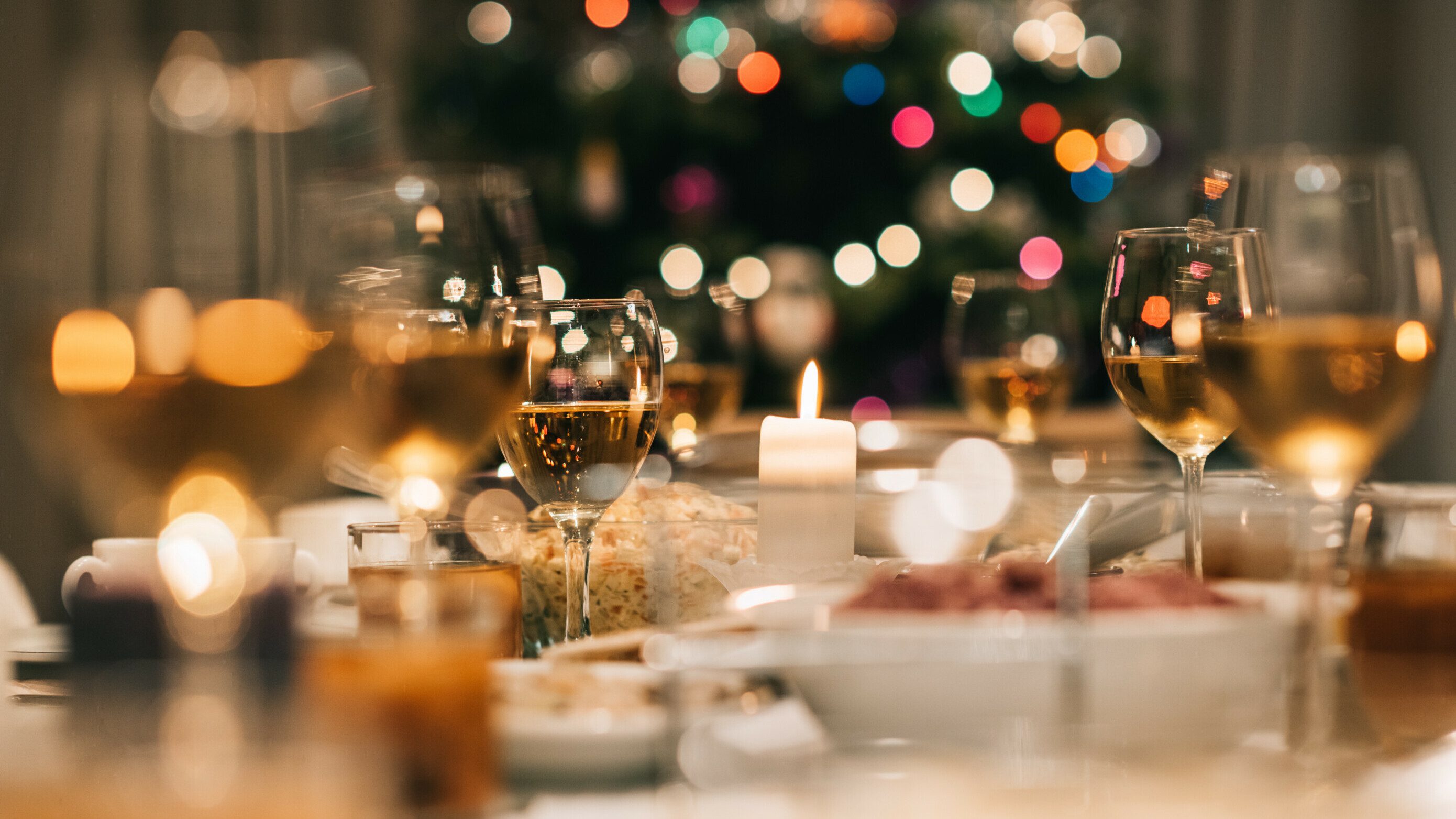Christmas is associated with a festive dinner on Christmas Eve, when the whole family gets together. Those family members who cannot find time to visit at other times of the year will also meet. Christmas dinner takes a slightly different form in each country, based on specific traditions.
Christmas dinner in Germany
In Germany, the festive meal varies from region to region. One of the Germans’ favourite Christmas dishes is sausages with potato salad – with or without mayonnaise. Then roast duck and goose or boiled ham is popular. Elsewhere, they prefer fish with salad. In Baden they eat carp, in other parts they prefer trout and eel. Traditional ones include preserves. There is also raclette, which is made by melting cheese and served with boiled potatoes, as well as fondue or pork and pork fillet in curry cream.

Christmas dinner in Austria
On the Christmas Eve table there is also fried carp, poultry in various ways or pork chops, fish and rabbit. As a soup, the soup with liver dumplings dominates. The dish that sets Austria apart from other countries is corn porridge with raisins and apples, drizzled with cherry liqueur. For dessert, a popular dessert is cake or stout, which is washed down with coffee.
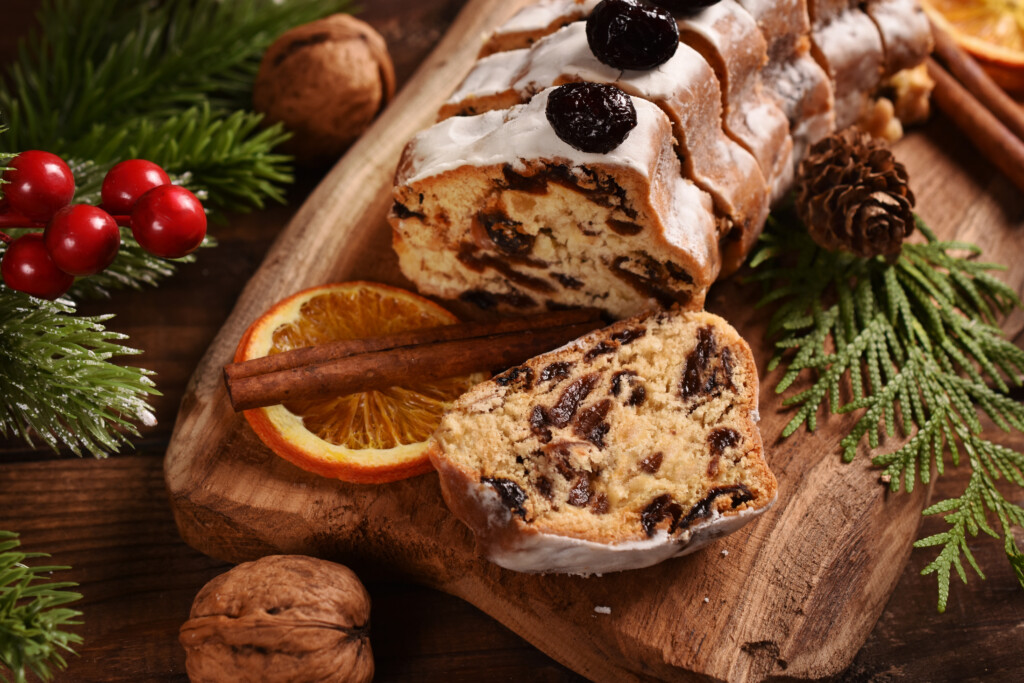
Christmas dinner in England
A traditional Christmas dish is stuffed turkey with rice or potatoes, grilled vegetables (Brussels sprouts, parsley, carrots, bean pods) and plum pudding, which is flambéed with rum or brandy. This pudding contains a varied mixture: nuts, eggs, sugar, breadcrumbs and lemon. Another dish that is eaten is prawns and smoked salmon.
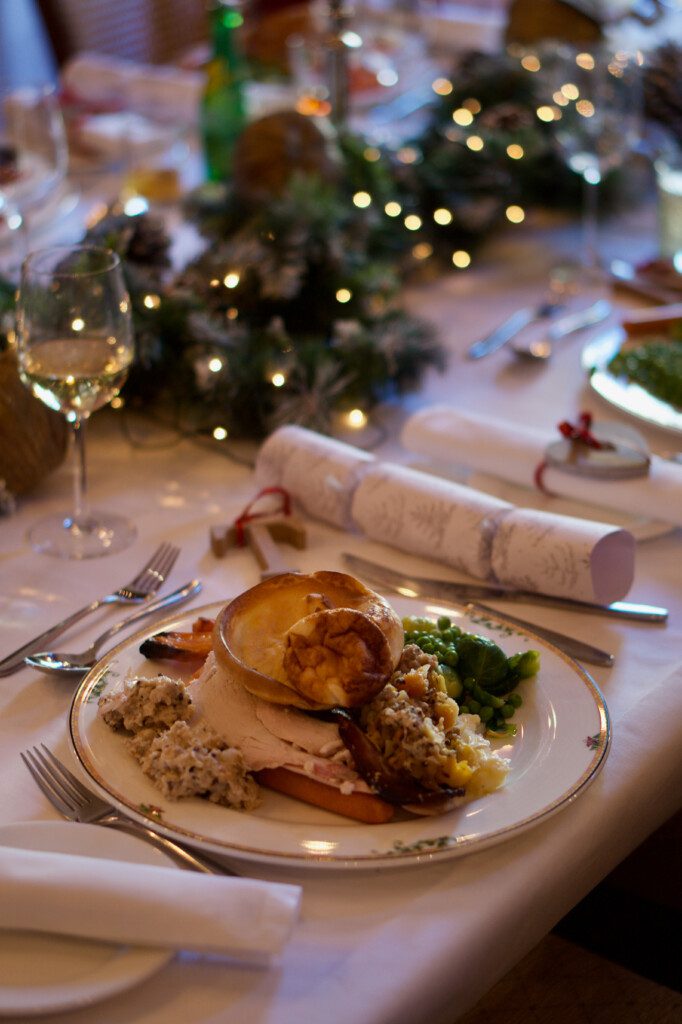
Christmas dinner in the Netherlands
Several types of meat (game, beef, rabbit, duck, pheasant), seafood: fish and prawns with vegetables, sauces, potatoes and salads are consumed here. A specific custom that is traditional for this country is the so-called gourmetism. People meet at a special table, for which the host prepares the ingredients. From these, everyone then cooks themselves in a pan. This custom has been preserved thanks to the former Dutch colony – Indonesia.
Christmas dinner in Croatia
Fasting is observed, so the main meal is octopus, cod in various ways or another kind of fish (carp, pike) with baked potatoes and potato salad. Cod is most often made with olive oil, parsley and garlic. Christmas cakes are not to be missed at the end. The traditional typical dessert is the fritule – small round, frosted doughnuts with raisins inside.
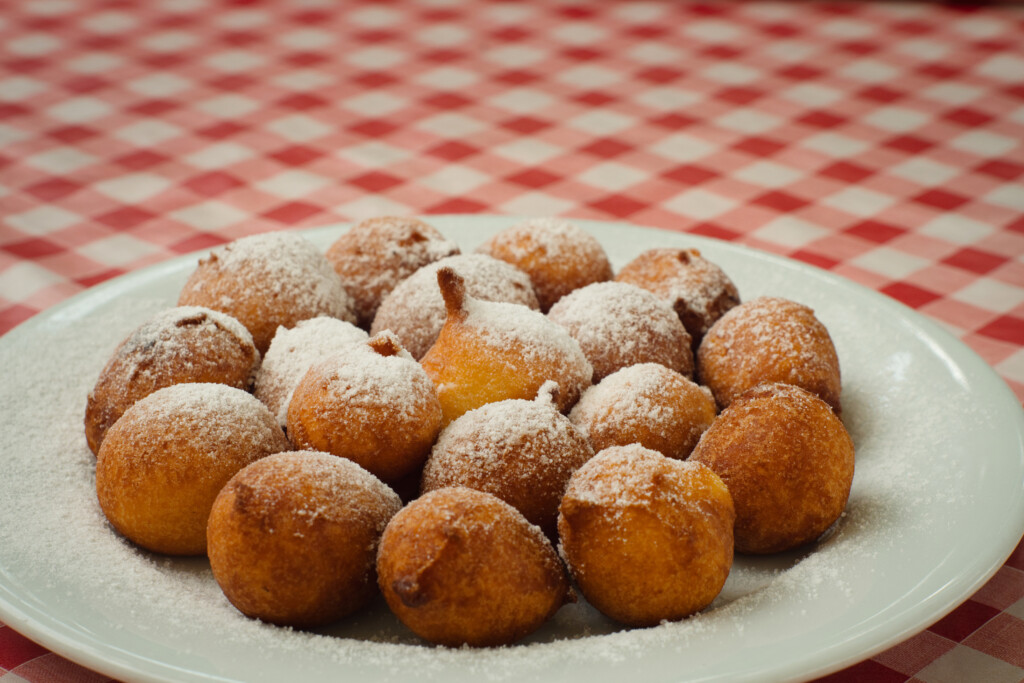
Christmas dinner in Hungary
It used to be customary here to place extra tablecloths on the table as a symbol of welcoming Jesus, who could join the meal as a sojourner. Because of the Lenten season, no meat was served before Midnight Mass. The Christmas dinner included apples, nuts, garlic and honey, which the people had grown themselves. The Palots (an ethnographic group) ate garlic to preserve their health for the following year. Each member of the family cracked a nut, and if it was healthy, it meant that whoever ate it would be healthy the next year. If they cracked the wrong nut, they probably got sick the next year. The head of the family cut the apple into as many pieces as there were people at the table. On the Christmas table there was also poppy porridge (guba), which was poured with warm sweet milk. Some Christmas dishes included poppy seed, walnut or cottage cheese toasts.
Dinner begins with a glass of wine. Traditional dishes include goulash soup or cabbage soup with mushrooms. In some places, pampushiki or chocolate-walnut Christmas cookies are served, but beans, lentils and dumplings are also prepared. Later, fried fish and pickled potatoes with onions became a tradition. Nowadays, the spicy fish soup, halászlé, is the most commonly eaten. Beigli is a traditional Christmas sweet made with nuts, poppy seeds or apples.
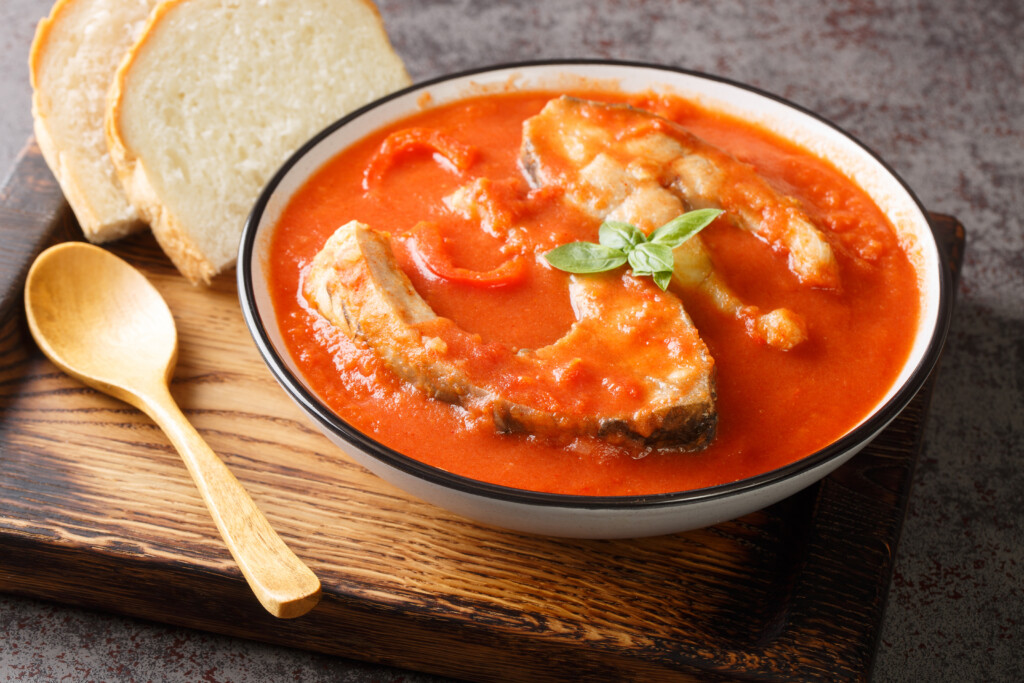
Christmas dinner in Bulgaria
In Bulgaria, due to the strict fasting, only vegan food is eaten on Christmas Eve (without fish, eggs, dairy products and meat). Typical for Bulgarians are the so-called sarmi. This dish consists of rice wrapped in sauerkraut or grape leaves, usually with meat in it, but not on Christmas Eve because of fasting. A favourite is pepper stuffed with rice or beans. Typical is a sweet pumpkin pie – tikvenik. The tradition is to serve several courses. There must be at least 7 of them (in some families there are also 9,11 or 13).
Traditional Bulgarian bread is prepared and served and decorated. It is called pita. A coin is inserted. It is said that whoever receives a piece with a coin will be lucky throughout the next year. Interestingly, the table is not cleaned after dinner, it is left that way all night. A plate with a portion of food is also set out for Mary, the mother of Jesus.
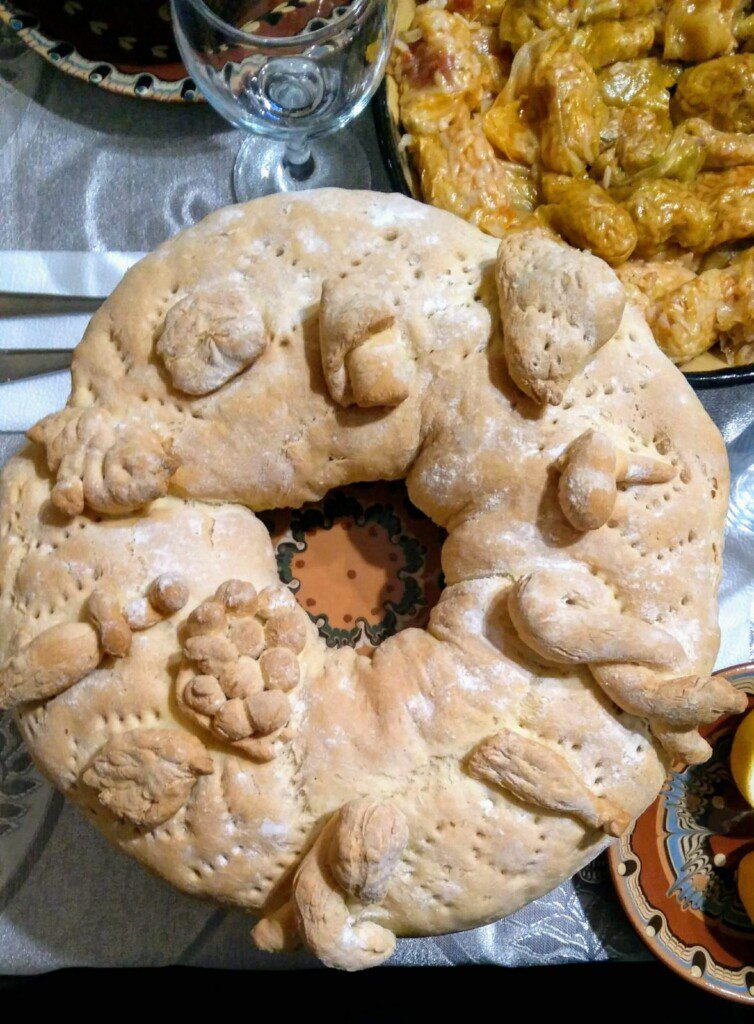
Christmas dinner in Romania
In Romania, a traditional slaughter is held just before Christmas. The products from the pig are then eaten during the Christmas dinner: sausages, liver sausages, pork sausage. The feast starts at about 9pm and the festive dinner lasts until midnight. A traditional Romanian Christmas dish is the so-called sarmale, meat wrapped in a cabbage leaf in a roll.
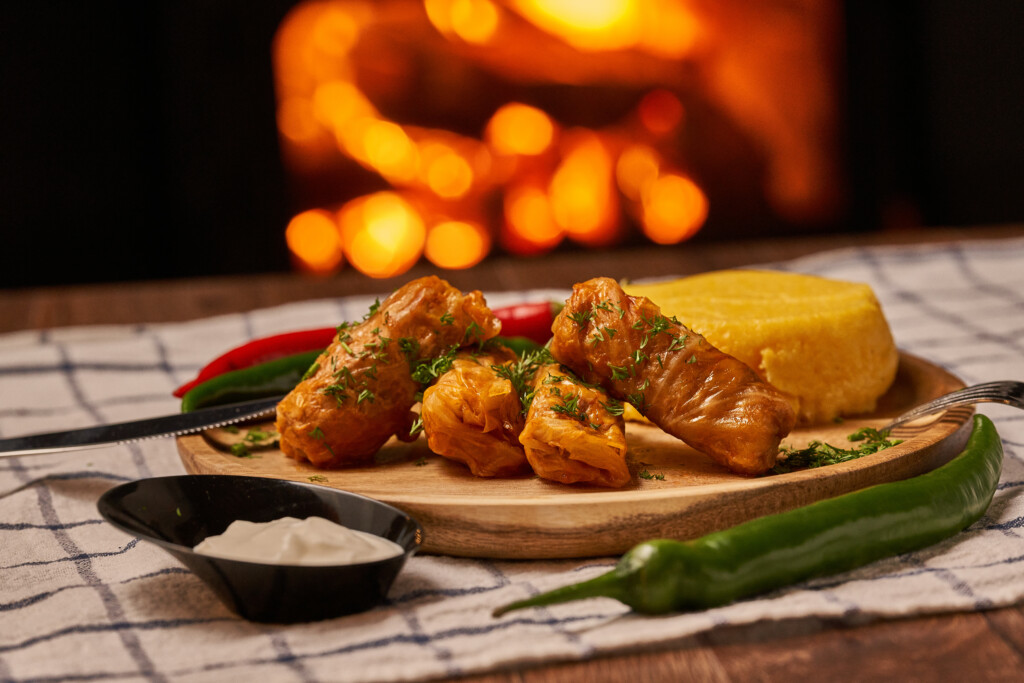
Christmas dinner in Lithuania
On Christmas Eve, Lithuanians have a rich feast of up to 12 dishes – one for each apostle. However, moderation prevails in the type of dishes. Fasting is observed, so neither meat nor dairy products are served. Dinner courses consist mainly of fish (herring in tomato, mushroom, onion sauce, smoked eel), bread, vegetables – cabbage, potatoes. Cranberry pudding is served for dessert.
Christmas dinner in Slovakia
Most Slovaks observe a fast on Christmas Eve. Typical is cabbage soup with mushrooms, lentils in some places, carp or fish fillet with potato salad as the main course. Those who do not observe the fast eat noodles. Poppy seed or bryndza toasts are popular. At the end of dinner, waffles or honey tubes are eaten. The custom is to put money under the plate and tablecloth, which is supposed to ensure abundance in the coming year.
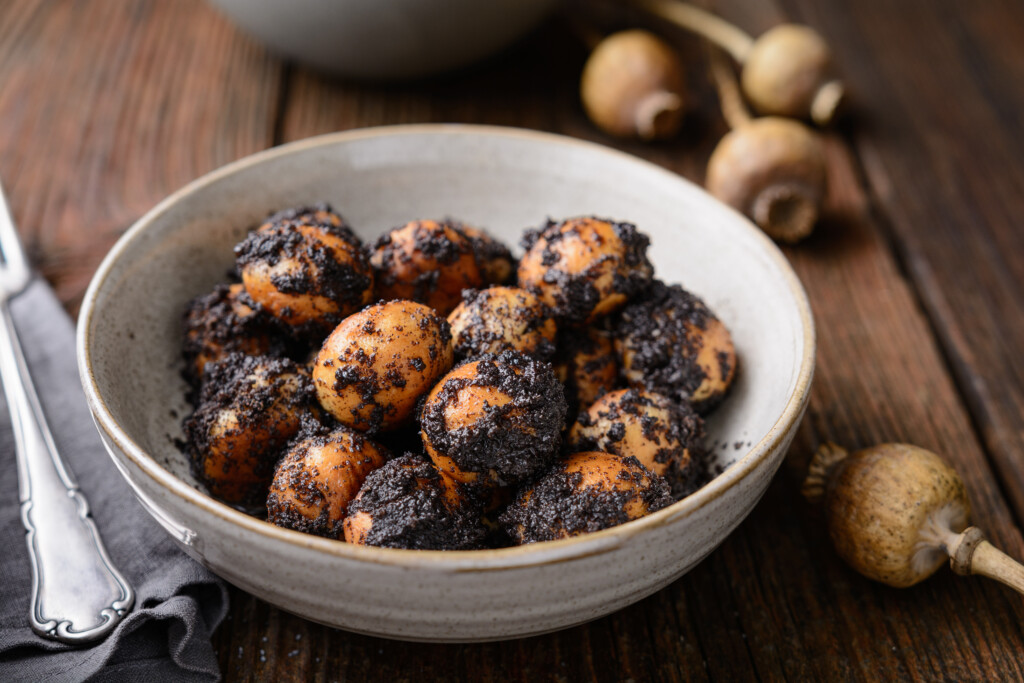
Which dishes must not be missing on your festive table? Write to us in the comments.

